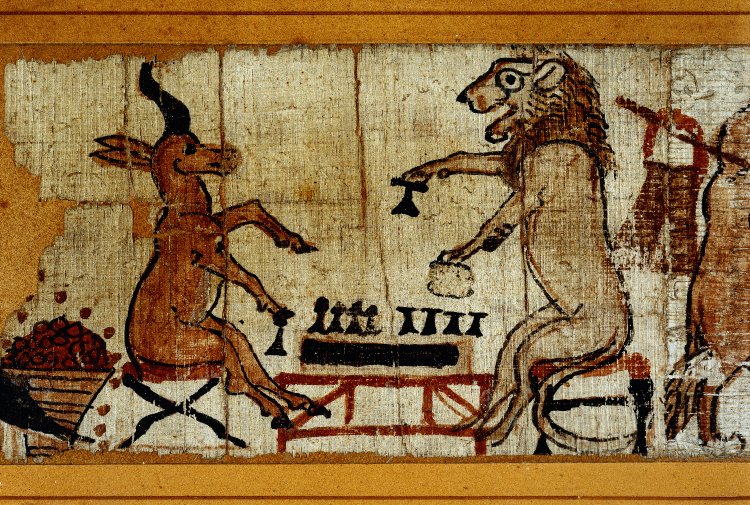The mysterious 'Knossos game'
The sun is beating down on your head as you, a world-renowned archeologist, finally reach the pinnacle of your career. While carefully conducting excavations in the Knossos Palace in Crete, you have encountered a curious and unique item: a beautifully crafted board fashioned out of ivory, gold, silver, and rock crystals, and four conical pieces nearby, assumed to be the tokens.
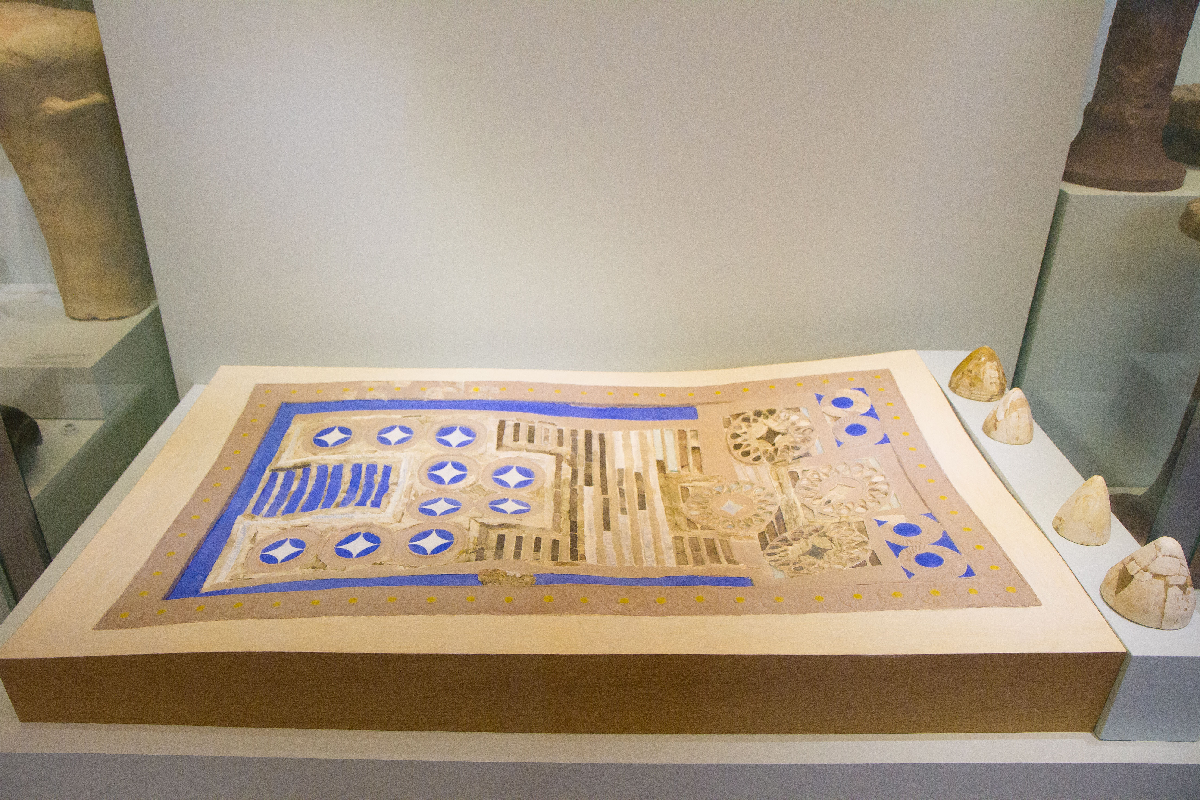
Knossos Game, Heraklion Archaeological Museum, Crete, Greece. (Photo: Garrett Ziegler)
After examination, both you and your peers are in agreement: this has all the hallmarks of being a board game from antiquity, and not a random decorative piece. The problem is a common one though: there is no apparent way to guess the rules of this game, dated roughly 1600 BCE, and any stab at it will be wildest speculation at best, and crude fantasy at worst.
This is, of course, the true story of Sir Arthur Evans and his discovery in 1901. As he documented later in 1921, "Game board found in the 'Temple Repository' of the Palace of Knossos on Crete. Four pieces were found a few meters away."

Sir Arthur John Evans (8 July 1851 – 11 July 1941) was a British archaeologist and pioneer in the study of Aegean civilization in the Bronze Age.
For over a century this game was simply dubbed the 'Knossos game', with only one known copy to ever be found, and which most probably belonged to a member of the Minoan royal family who resided at the Knossos Palace. It is on display to this day at the Heraklion Archaeological Museum on Crete.
It is not the first game from antiquity to be so uncovered, but this one lacks any guide to the rules or its importance in society. While readers will understandably refer to the Royal Game, AKA chess, it is not a little ironic that the moniker 'royal game' has referred to many games not chess over the millennia.
Royal Game of Ur
The Royal Game of Ur, also known as the Game of Twenty Squares or simply the Game of Ur, is a two-player strategy race board game that was first played in ancient Mesopotamia during the early third millennium BC. The game was popular across the Middle East among people of all social strata and boards for playing it have been found at locations as far away from Mesopotamia as Crete and Sri Lanka. At the height of its popularity, the game acquired spiritual significance, and events in the game were believed to reflect a player's future and convey messages from deities or other supernatural beings.
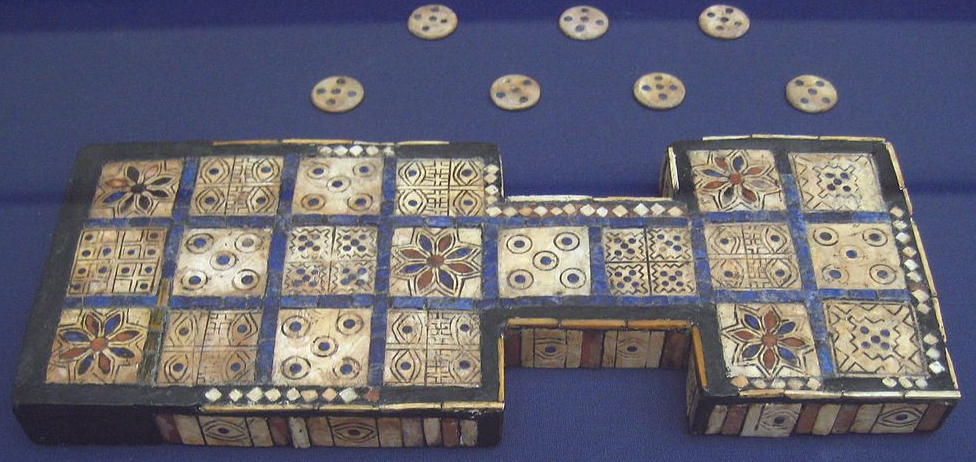
Wooden game-board of Game of Ur; the face is of 20 variously inlaid square shell plaques (photo: Babelstone)
The Game of Ur received its name because it was first rediscovered by the English archaeologist Sir Leonard Woolley during his excavations of the Royal Cemetery at Ur between 1922 and 1934.
The Game of Ur was popular across the Middle East and boards for it have been found in Iran, Syria, Egypt, Lebanon, Sri Lanka, Cyprus, and Crete. Four gameboards bearing a very close resemblance to the Royal Game of Ur were found in the tomb of Tutankhamun. These boards came with small boxes to store dice and game pieces and many had senet boards on the reverse sides so that the same board could be used to play either game and merely had to be flipped over.
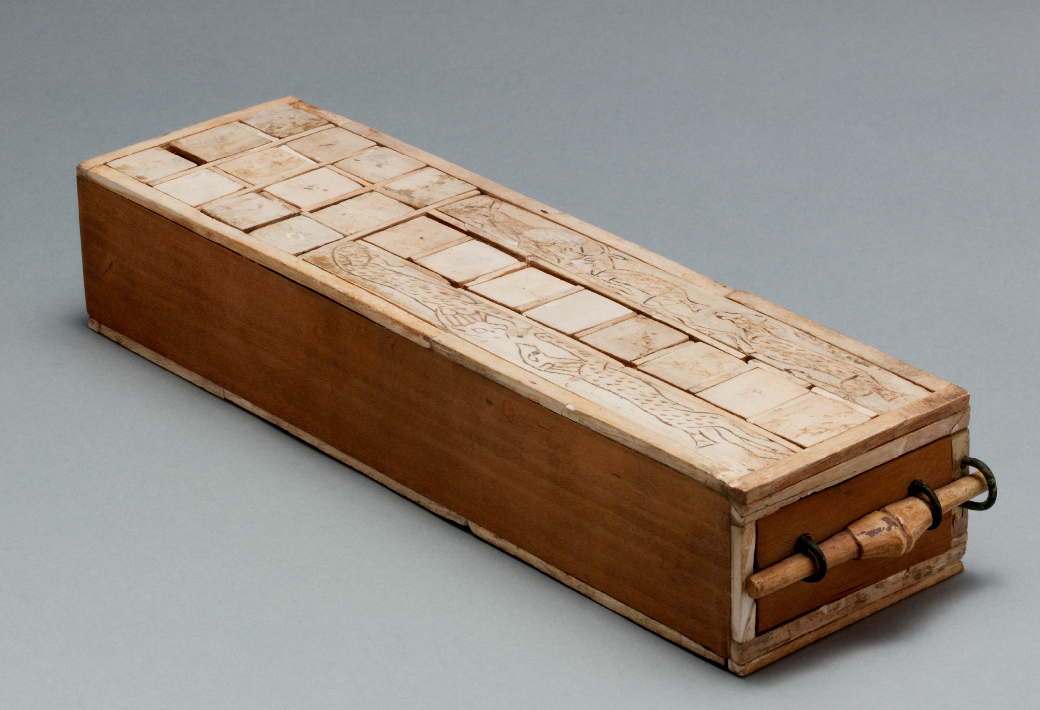
Game box for playing Senet and Game of Ur, 1635–1458 B.C.
When the Game of Ur was first discovered, no one knew how it was played. Then, in the early 1980s, Irving Finkel, a curator at the British Museum, translated a clay tablet written circa 177 BC by the Babylonian scribe Itti-Marduk-balāṭu describing how the game was played during that time period, based on an earlier description of the rules by another scribe named Iddin-Bēl.

Game of Ur rules tablet by the Babylonian scribe Itti-Marduk-balāṭu dated 177 BC, British Museum (Photo: Fæ)
This tablet was written during the waning days of Babylonian civilization, long after the time when the Game of Ur was first played. It had been discovered in 1880 in the ruins of Babylon and sold to the British Museum.
Based on these rules and the shape of the gameboard, Finkel was able to reconstruct how the game might have been played. As a result of this, The Game of Ur can be said to have been fairly well resurrected from obscurity after all but disappearing for thousands of years, but the Knossos game had no such luck.
There are of course people who specialize in precisely that: reconstructing the rules of ancient games, and one of the most recent attempts was by the Russian science fiction writer and game re-constructor, Dmitriy Skiryuk (Дмитрий Скирюк) and originally published on his blog, in Russian, in 2011. Skiryuk compared the shape of the pattern of the playing cells on the board to the shape of the board of the Royal Game of Ur, and outlined the same 20 squares on the Knossos board. This led him to the conclusion that the game play between the two games should be very similar.
Digital Archealudology
It is this interesting relationship between games, such as Knossos Game and Game of Ur above, whether as an evolution of one to another or a cultural inspiration and deviation, that allows us to paint a more detailed picture of the cultural exchange between peoples. This is already done comparing arts and foods, and now we have games to help fill in some of the gaps.
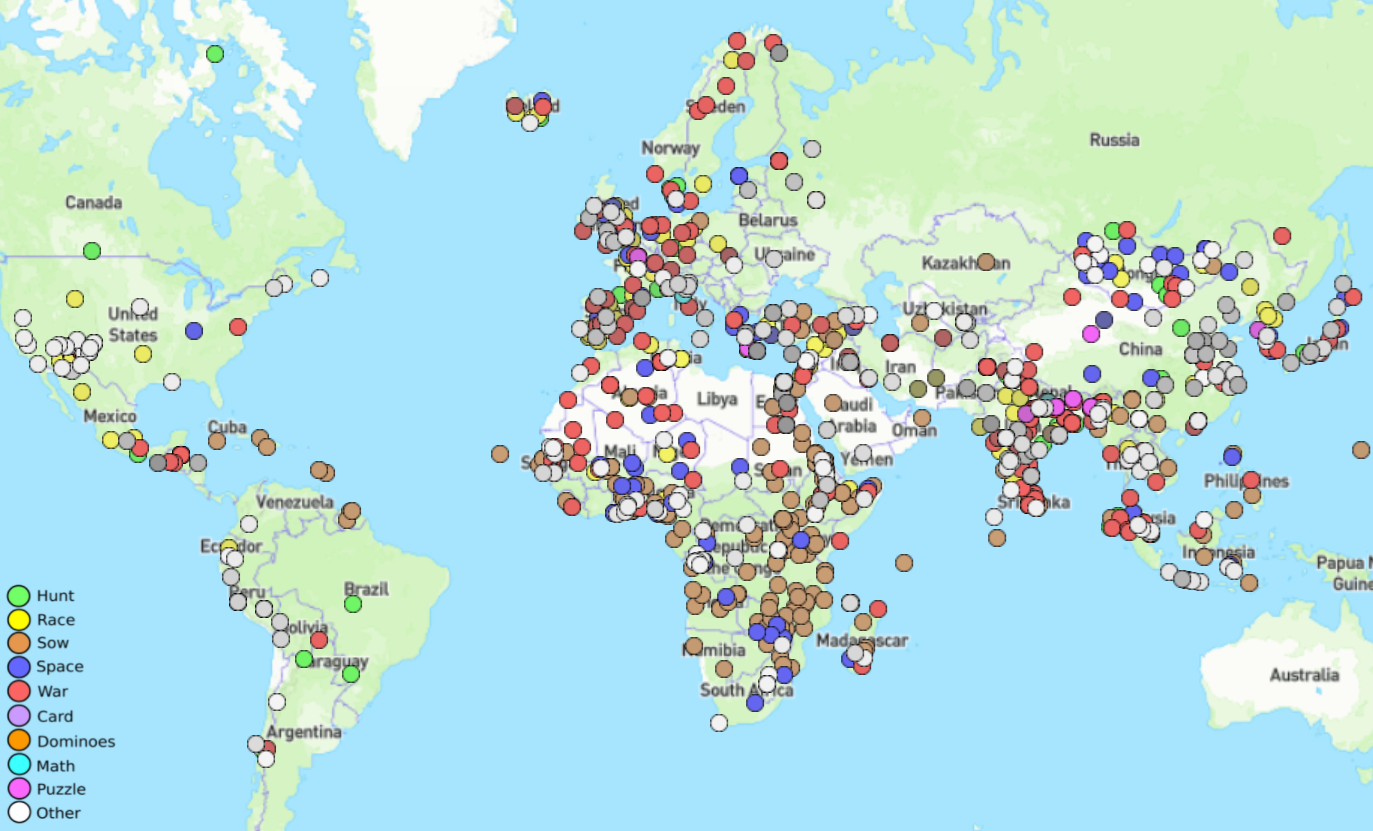
This map is from the Ludii site, and shows the games and genres found around the world, whether from Aztecs and Mayans, to Europe to the Middle East, and even Pacific Isles. Games have clearly been an integral part of societies throughout history.
This has led to the creation of the Digital Ludeme Project in Maastricht, Netherlands. The host site describes it as "a computational study of the world's traditional strategy games throughout recorded human history. It aims to improve our understanding of traditional games using modern AI techniques, to chart their historical development and explore their role in the development of human culture and the spread of mathematical ideas."

The paper introducing the new field called Digital Archealudology
This combination of historical data, archeological finds, and advanced AI techniques to reconstruct ancient games has led to the founding of a new field called Digital Archealudology. Its mission according to its inaugural paper is:
Digital Archæoludology (DAL) is a new field of study involving the analysis and reconstruction of ancient games from incomplete descriptions and archaeological evidence using modern computational techniques. The aim is to provide digital tools and methods to help game historians and other researchers better understand traditional games, their development throughout recorded human history, and their relationship to the development of human culture and mathematical knowledge.
Ludii
But what is even more fascinating is the creation of Ludii. Ludii is a platform that breaks down games into blocks called 'ludemes'. A ludeme can be the number of players, the way the pieces move, or a victory condition, among others. By breaking a game's construction into such blocks, the AI is able to easily swap a block for another and then run simulations to try to find the most likely set of rules to fit it taking into account historical and archeological data, and even the 'fun factor'. The end result is a probable reconstruction of each historical game.
Ludemes offer a uniquely powerful approach to modeling games in general. Both programmers and computers benefit from their relative simplicity. Ludemes are easier to program and adjust than current methods. Their use also drastically reduces computation times. It is only through ludemes that the project has been able to span 1,000+ games.
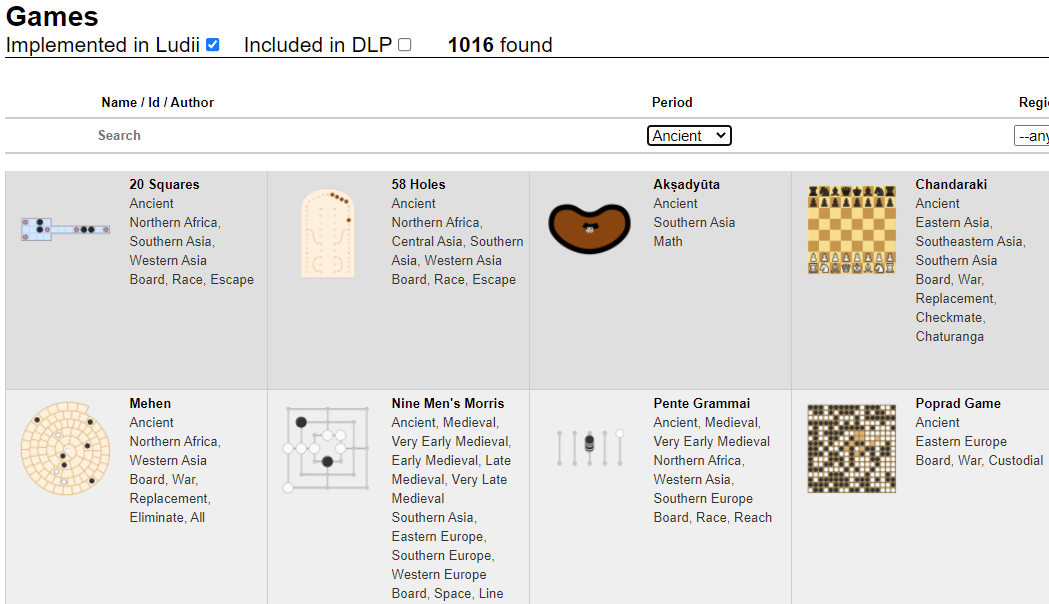
You can actually play all the games that have been reconstructed at the Ludii site.
These games are not locked in some archive of sets of rules! You can test and play every single one of these games online through the Ludii site and even against Ludii itself. Want to play a game that was likely enjoyed by Marc Antony and Cleopatra? Now is your chance!
Still, the Ludii software goes deeper than this. Game designers can use it to design their own ludemes and test their models with the Ludii AI. The software is not limited to only figuring out what the fun rules were for games thousands of years old, it can help modern designers play-test their games currently in development.
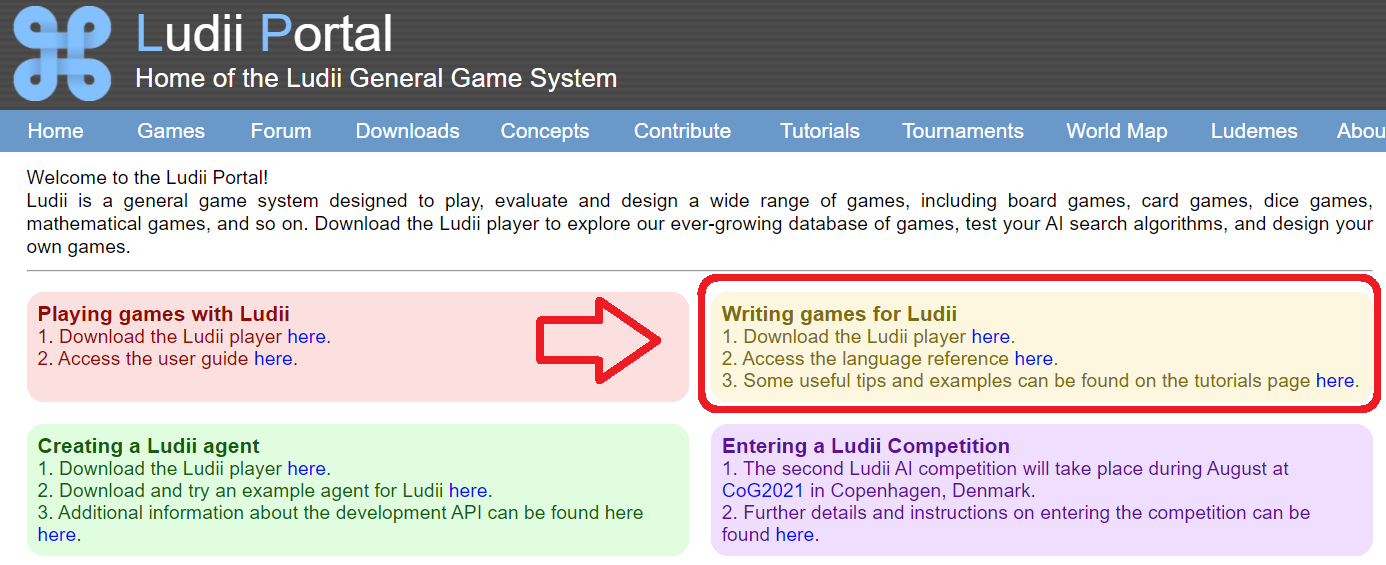
The Ludii Portal offers a vast array of options, to play, learn, explore, and so much more. It is well worth the visit!
The project and field is still in its infancy, but the innovative approach and concept is one well worth exploring and supporting. Try out one of the many ancient games, choose one randomly, or one from your own region. There is a ton of resources to search for games according to all manner of criteria. Share your discoveries in the comments below.
